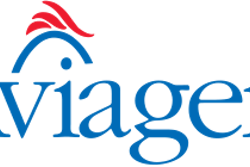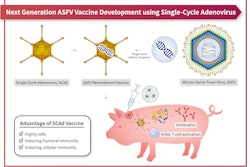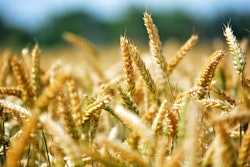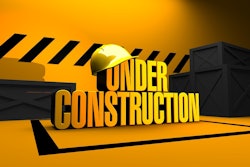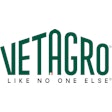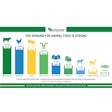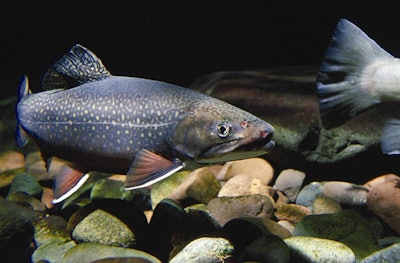
Aquaculture demand is growing globally despite the impact of the COVID-19 pandemic, according to George Chamberlain, president of the Global Aquaculture Alliance (GAA).
He shared the Impact of COVID-19 on Aquaculture during the digital conference COVID-19 and the Implications to Aquaculture, hosted by the U.S. Soybean Export Council (USSEC) in late May.
“It’s important to note that COVID-19 does not infect seafood itself, but it has many indirect impacts on the seafood sector,” Chamberlain said.
He discussed the impacts of the global pandemic on aquaculture’s market channels, logistics, worker safety and production.
Some highlights:
- Changing Market Channels -- The closure of the food service sector led to a great increase in seafood consumption at retail and through e-commerce. Previously, restaurants, catering and hotels in countries like the U.S. and wet markets, especially in Asia, had been the major source of seafood consumption.
-
Supply Chain Disruptions -- COVID-19 also impacted the logistics of the aquaculture supply chain. At the local level, movement controls prevented workers from getting to their jobs, slowing business around the world. International air travel essentially shut down, resulting in reduced air freight capacity and significant increases in air freight prices. This impacted species like lobster, salmon, sea bass and tilapia raised for the fresh export market.
-
Future of Aquaculture -- Chamberlain said the near-term outlook for aquaculture is challenging. “Consumer budgets are expected to be tight with all the unemployment, so expensive seafood items may suffer,” he said. However, growth in retail and e-commerce are promising.
Read the full report a USSoy.org.
Information provided by U.S. SOYBEAN EXPORT COUNCIL (USSEC), a partnership of key stakeholders, representing soybean producers, commodity shippers, merchandisers, allied agribusinesses and agricultural organizations.


